Editorial: The risk of nuclear war waned after the Cold War. It's back with a vengeance
Published in Op Eds
When the first nuclear bomb test took place 80 years ago, the scientists who gathered to observe the explosion in the New Mexico desert recognized they were playing with fire.
Physicist Enrico Fermi tried to break the tension by taking bets on whether the bomb would ignite the atmosphere and destroy the world. J. Robert Oppenheimer wagered $10 the bomb wouldn’t work at all, and Edward Teller conspicuously applied sunscreen in the predawn darkness, offering to pass it around.
The bomb exploded in a fireball hotter than the surface of the sun, producing far more destructive power than the scientists anticipated. Within weeks, the U.S. nuked the Japanese cities of Hiroshima and Nagasaki, hastening the end of World War II while killing more than 200,000 civilians.
The bomb hasn’t been used since, apart from test blasts, and after the Cold War ended in 1991, the risk of nuclear war mercifully declined. Now the risk is back on the rise, as an alarming new nuclear age dawns.
This week, the University of Chicago will host what it’s billing as a “Nobel Laureate Assembly for the Prevention of Nuclear War.” The conference will take place near the campus location where Fermi oversaw the first self-sustaining nuclear chain reaction in the run-up to that fateful July 16 bomb test.
Even just the conference agenda makes for an alarming read.
Panel One will explore how a public once acutely aware of nuclear arms’ catastrophic effects has largely forgotten those Cold War-era fears and lost its focus on avoiding nuclear war at all costs.
Panel Two outlines how artificial intelligence and cybersecurity breaches stand to increase the likelihood of nuclear war. Subsequent panels cover the alarming history of nuclear “close calls,” the weaponization of space and how the disarmament efforts of 30 years ago have fizzled — which brings us to what one of the organizers calls today’s “uniquely dangerous moment.”
Unfortunately, the nuclear landscape is changing for the worse. For starters, the main players are no longer two global superpowers. During the Cold War, the U.S. and the Soviet Union largely controlled the potential for conflict, which made the risks relatively straightforward to analyze.
These days, the politics of nuclear arms have become more complicated and unpredictable. Nine nations are said to possess the weapons today, including the rogue state of North Korea, and others could build them quickly. Most people have forgotten that South Africa once developed a bomb but gave up its program voluntarily. Iraq and Libya also had active nuclear-weapon programs that were stopped under intense international pressure.
At the moment, the focus is on Iran’s nuclear program, which the U.S. bombed on June 22, alongside Israel. The U.S. launched its attack even though Iran continued to pursue diplomacy about its nuclear ambitions.
Iran may conclude that it needs a nuclear capability for self-defense, to deter future attacks. The same could be said for other states threatened by nuclear-armed rivals. Consider Ukraine, which voluntarily gave up the nuclear arms based on its soil after the fall of the Soviet Union. Would Russia’s 2022 invasion still have occurred against a Ukraine bristling with doomsday weapons? Doubtful.
Besides the chilling political calculations, the weapons used to deliver nuclear warheads have become more dangerous. Hypersonic glide missiles could elude defense systems before striking their targets with practically no warning, while smaller, low-yield nukes threaten to blur the lines between conventional and nuclear warfare, making all-out war more likely.
Defense spending is soaring across the globe, and, with it, faster and deadlier weapons are likely to be deployed. At the same time, treaties restricting nuclear arms are in decline. The most impactful of them — the Treaty on the Non-Proliferation of Nuclear Weapons — was undermined in 2003 when North Korea withdrew from it and built an atomic arsenal.
It’s time for the targets of these terrible weapons — us, that is — to rise up and say, “No!”
The 1980s witnessed mass demonstrations demanding a nuclear freeze. Today, the threat of nuclear war is beginning to enter the public consciousness again.
The movie “Oppenheimer” about the Trinity bomb test 80 years ago was a box-office hit. The 2024 book, “Nuclear War: A Scenario,” became a bestseller. Star movie director James Cameron has committed to making, “Ghosts of Hiroshima,” a Japan-set movie said to be a nightmarish look at the A-bomb blasts.
During the Cold War, pop culture helped convince everyday people to stand against the march toward Armageddon, and here’s hoping it can do so again. At the same time, events like the University of Chicago conference can help to get actionable recommendations into the hands of global decision-makers.
For 80 years, the world has lived with the threat of nuclear destruction. Let’s act now to curb it, before it’s too late.
_____
©2025 Chicago Tribune. Visit at chicagotribune.com. Distributed by Tribune Content Agency, LLC.
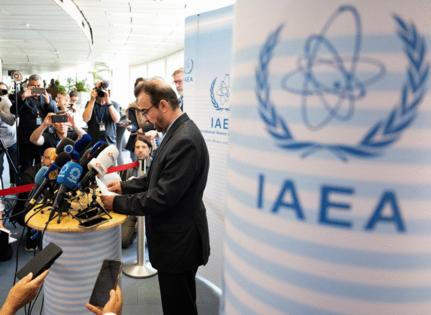


















































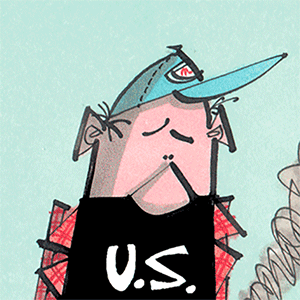

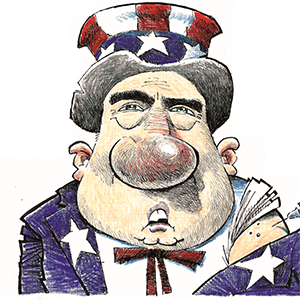
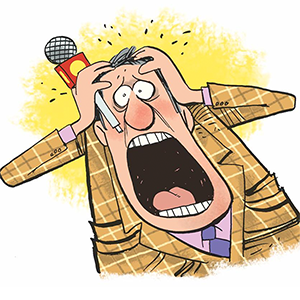
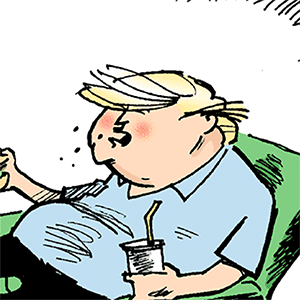
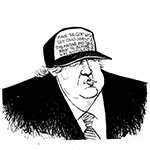
Comments